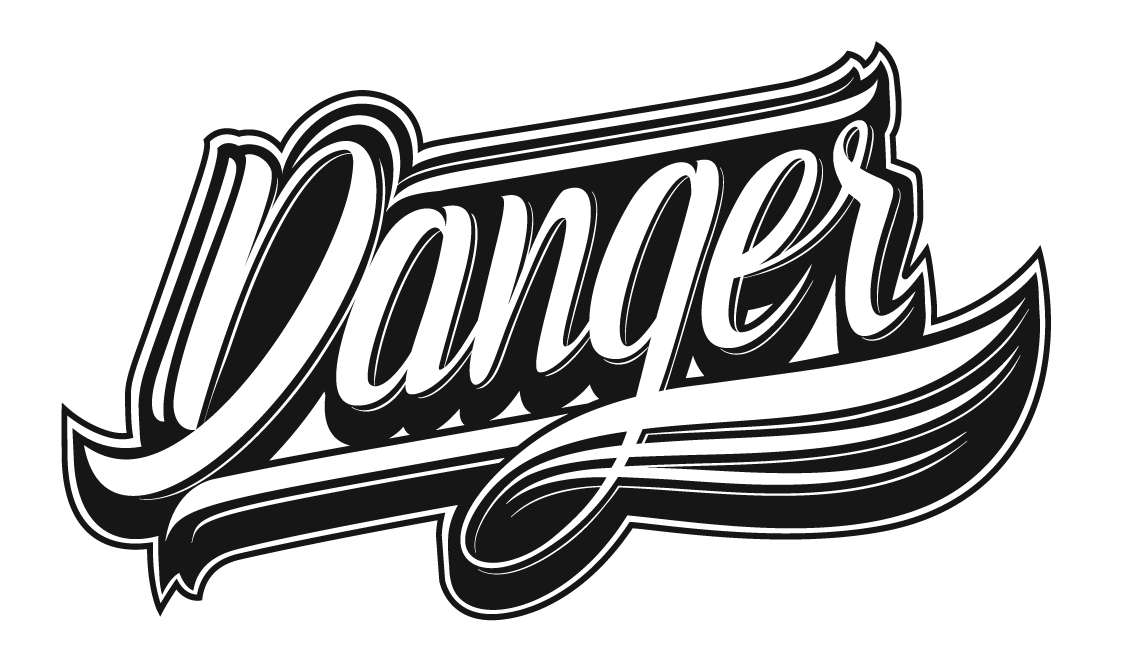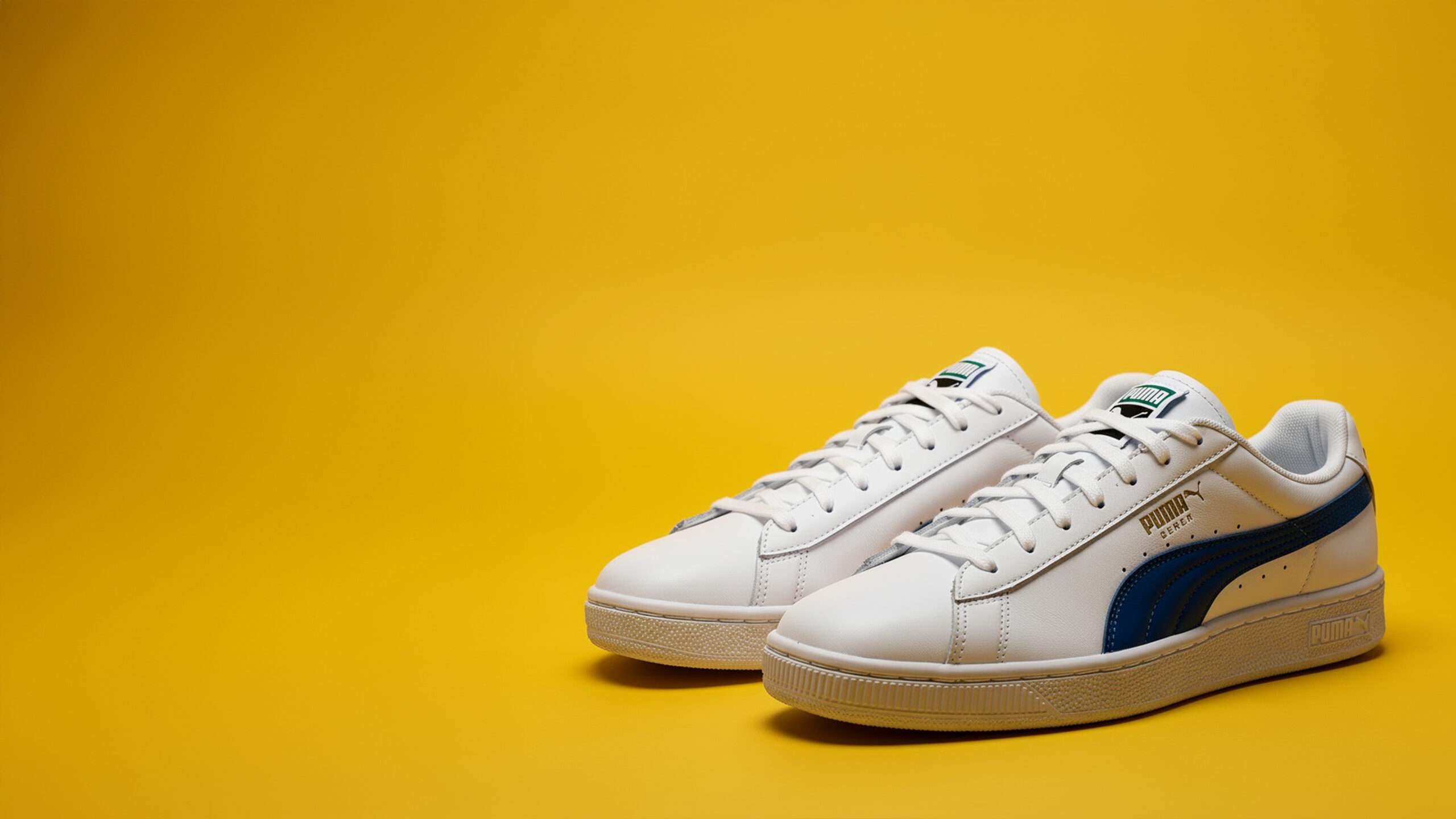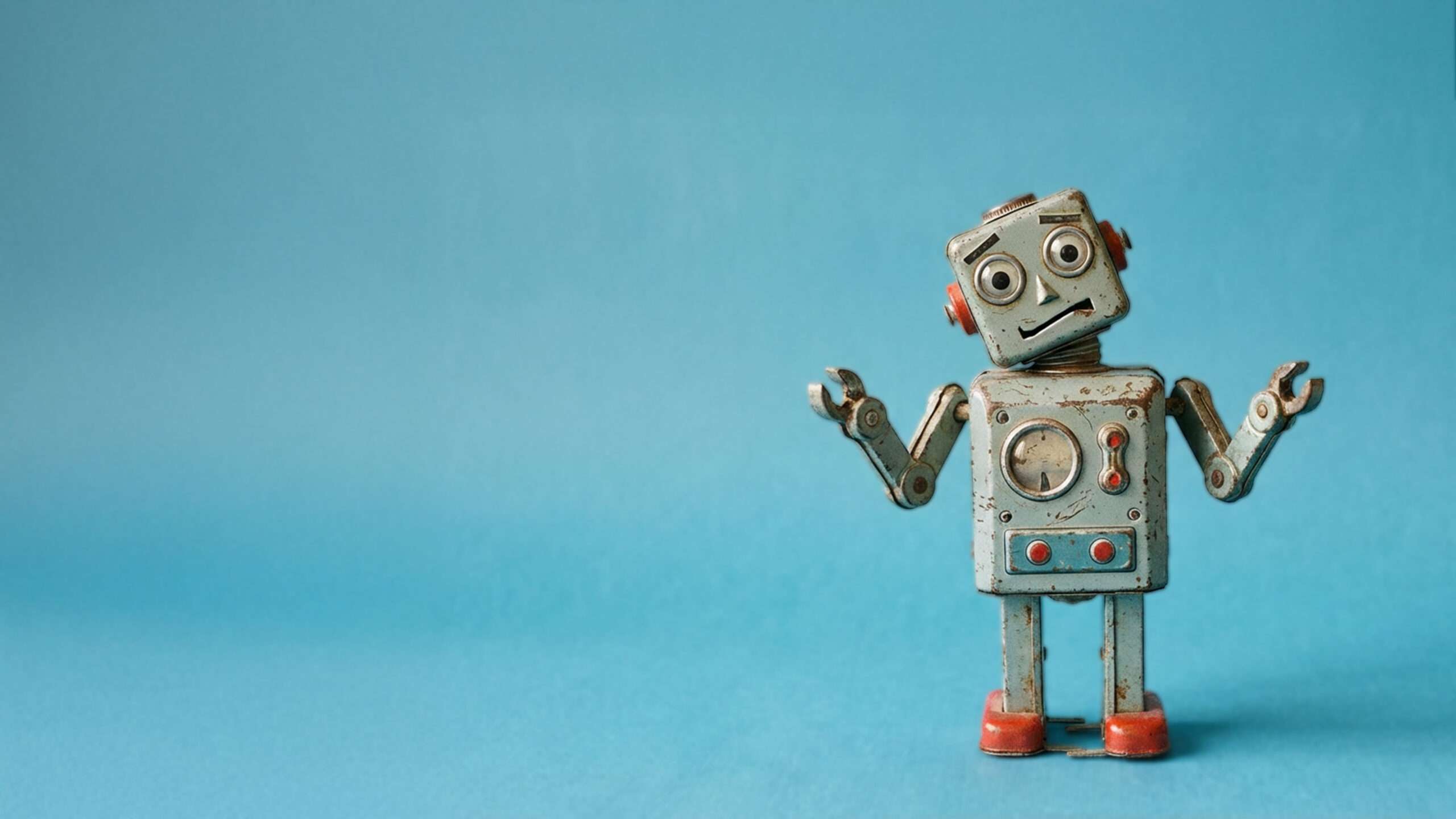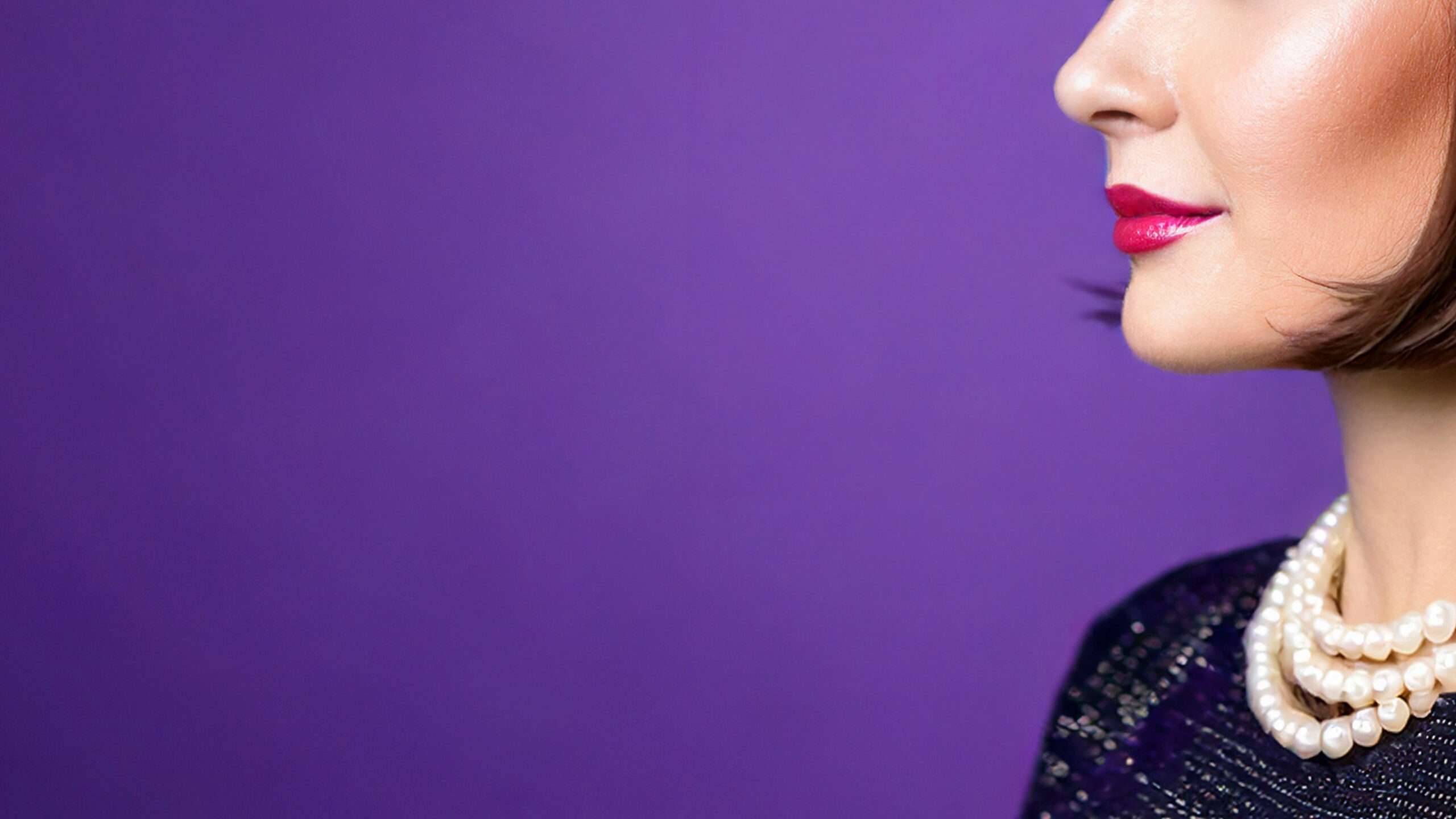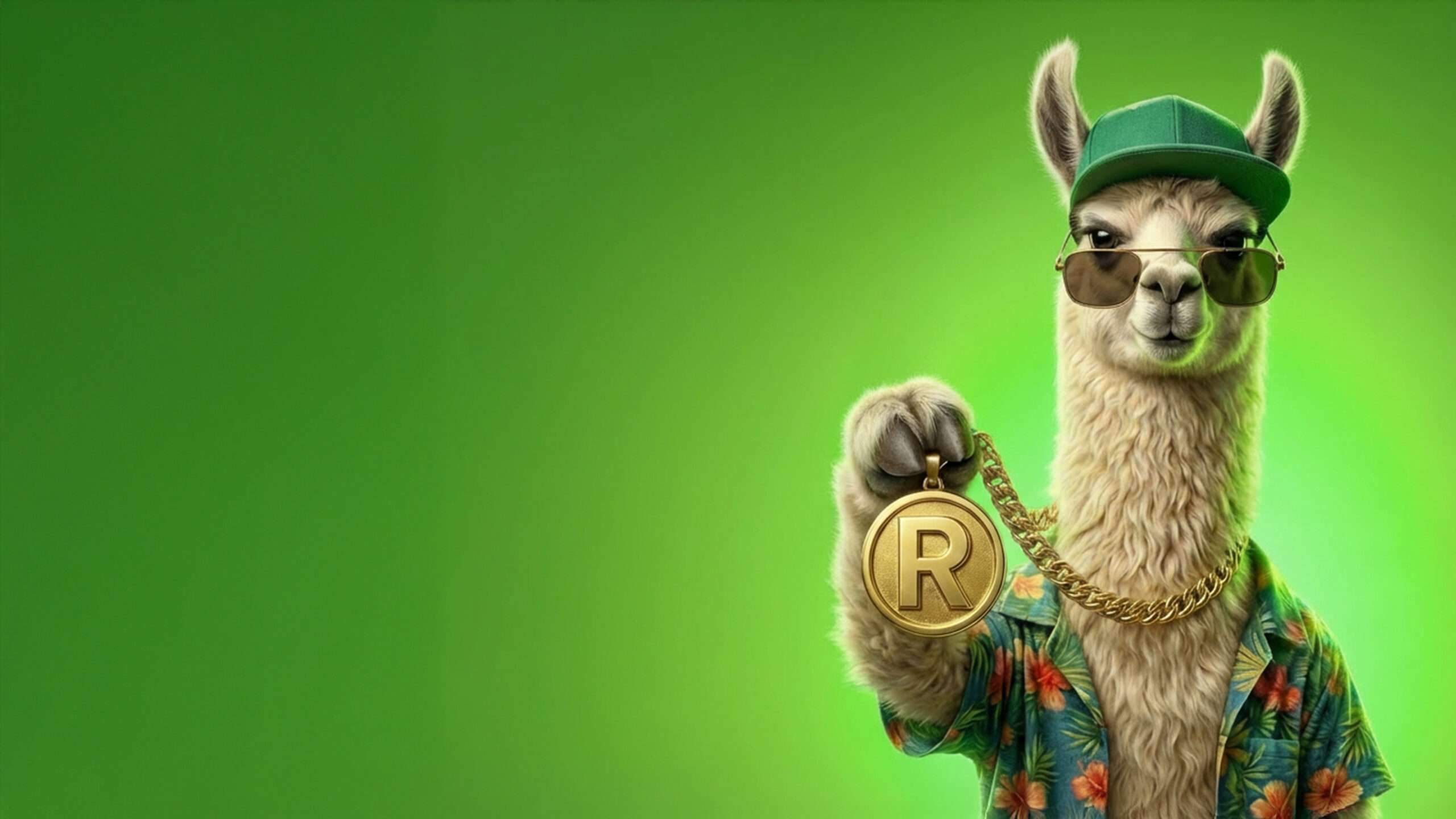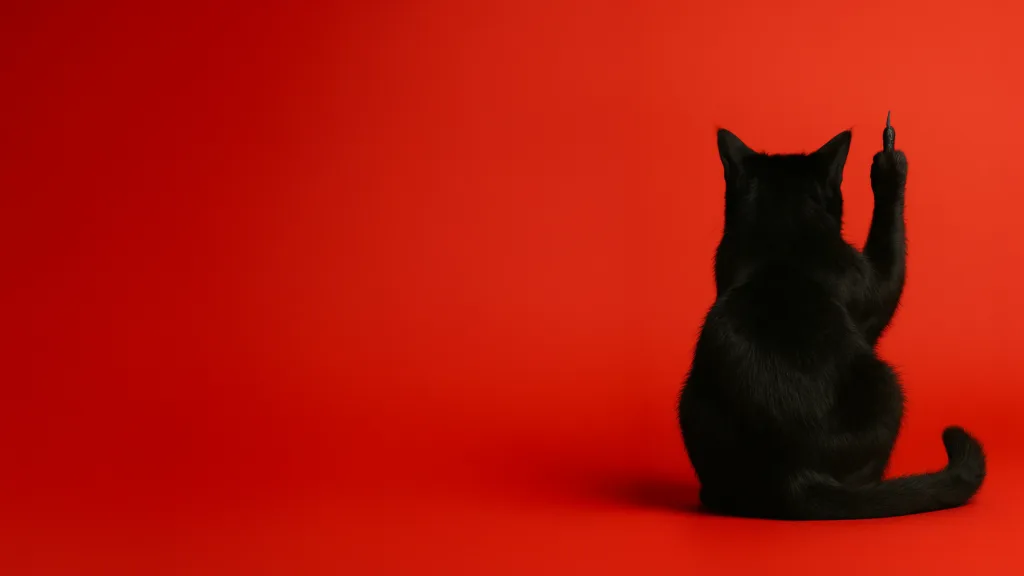
Copyright
for
“Katze Nö”.
Copyright
for
“Katze Nö”.
from
“Katze Nö”– Zeichnung genießt Urheberrechtsschutz. Das OLG Frankfurt hat den Werkcharakter der Comic-Zeichnung bestätigtund eine Doppelschöpfung ausgeschlossen.
Personal intellectual creation
Copyright protection works enjoy protection as personal intellectual creations of the author. The decisive factor here is whether the work reaches a certain level of creativity. Comic drawings are generally protected by copyright as works of fine art.
Eine Illustratorin entwarf eine Comic-Zeichnung von einer von hinten abgebildeten, auf der linken Körperhälfte liegenden Katze, die mit einer erhobenen rechten Pfote ihren ausgestreckten Mittelfinger zeigt (“Katze Nö”). Ihren ersten Entwurf in Form einer Bleistiftzeichnung hat die Illustratorin anschließend selbst digitalisiert und nachbearbeitet. Zu einem späteren Zeitpunkt hat die Illustratorin die digitale Version einer Print-on-demand-Anbieterin auf deren Webseite zur entgeltlichen Nutzung eingestellt. Eine direkte Wettbewerberin und Anbietern für personalisierte Fotoprodukte bedruckte einige Zeit später Produkte mit einer nahezu identischen Katzenfigur und verschiedenen Slogans zum Verkauf bereit. Diese Figur sei von deren Mitarbeiterin als Doppelschöpfung entworfen worden. Die außergerichtlichen Aufforderungen der Illustratorin waren erfolglos, daher bestritt sie den Klageweg. Die Klage wurde erstinstanzlich abgewiesen. Auf die Berufung der Illustratorin bestätigte das OLG Frankfurt ihre Ansprüche u.a. auf Unterlassung, Vernichtung der Produkte und Schadensersatz.
“Katze Nö” hat erforderliche Schöpfungshöhe
Das OLG Frankfurt hat mit Urteil vom 13.02.2025 – 11 U 10/23 zugunsten der Illustratorin entschieden und die urheberrechtliche Schutzfähigkeit der “Katze Nö”-Zeichnung bestätigt. Die Illustration der Katzenfigur hat nach Auffassung des Gerichts urheberrechtlichen Werkcharakter.
The required originality can be seen in the fact that the central message of the picture has been visualized by combining a cat figure
, which is merely depicted in outline and perceived as cute, with a gesture that is depicted in concrete terms and perceived as negative.
The depiction is characterized by the fact that a cat lying on the left half of the body is depicted from behind with a few (stylized) strokes. In contrast to the trivialized representation of the subject by the protruding animal contours, the raised paw with an upwardly extended “middle finger” is commonly understood as a human sign of defamation or at least defense. In the opinion of the court, this contrast establishes the originality of the drawing and, as a result, its protectability under copyright law. The scope of protection also includes designs that only deviate from the original in minor details and thus convey an identical impression.
The court ruled out the double creation put forward by the infringing company. The defendant company was unable to rebut the prima facie evidence that the infringing drawing deliberately uses the illustrator’s work in the sense of plagiarism or as an unconscious borrowing.
Conclusion
Comic drawings are protected as works of fine art. The required originality of a stylized comic drawing can arise from the contrast between the figure and the gesture perceived as contradictory to it. Insignificant deviations in the design are not sufficient to rule out copyright infringement.
We are happy to
advise you about
Copyright!


